Home>Storage Ideas>Kitchen Storage>Kitchen Styles: The Ultimate Guide, From Shaker To Slab
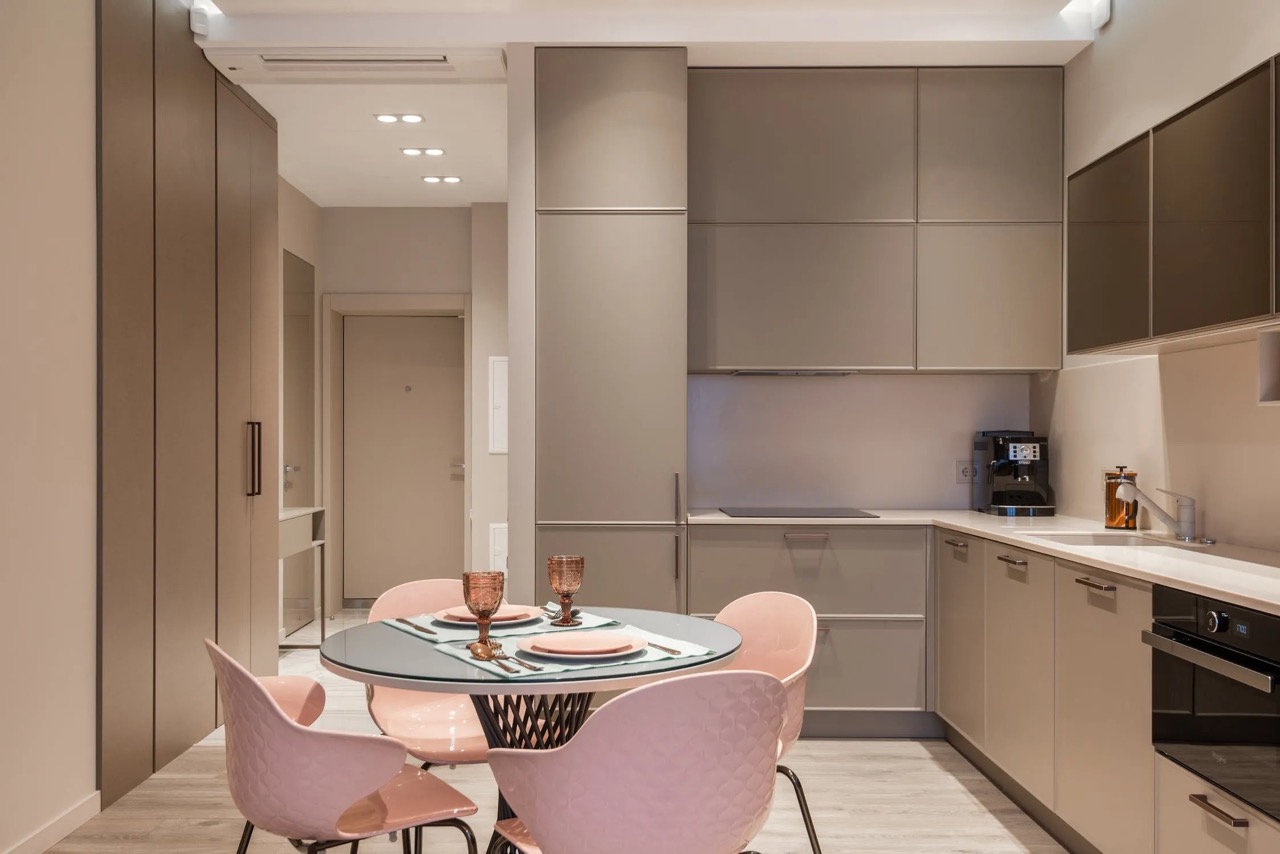

Kitchen Storage
Kitchen Styles: The Ultimate Guide, From Shaker To Slab
Modified: January 8, 2024
Discover the ultimate guide to kitchen styles, ranging from classic Shaker design to sleek slab cabinets. Also, find clever kitchen storage ideas for a functional and stylish space.
(Many of the links in this article redirect to a specific reviewed product. Your purchase of these products through affiliate links helps to generate commission for Storables.com, at no extra cost. Learn more)
Introduction
Welcome to our ultimate guide to kitchen styles! Whether you are renovating your kitchen or building a new one, choosing the right kitchen style is essential to create a space that reflects your personal taste and lifestyle. With a wide variety of kitchen styles to choose from, it can be overwhelming to find the one that suits you best.
In this comprehensive guide, we will explore some of the most popular kitchen styles available today. From classic and timeless designs to modern and contemporary aesthetics, we will delve into the characteristics and key elements that define each style. By the end, you will have a clearer understanding of the different kitchen styles and be able to make an informed decision for your own kitchen.
Each kitchen style has its own unique features, colors, materials, and layouts. Some styles focus on functionality and efficiency, while others prioritize aesthetics and design. Some are rooted in tradition and history, while others embrace a more minimalistic and sleek approach. By understanding the distinct qualities of each style, you can choose the one that resonates with your personal preferences and aligns with your overall home decor.
Keep in mind that kitchen styles are not set in stone, and you can always mix and match elements from different styles to create a unique and personalized kitchen. The important thing is to understand the underlying principles of each style and how to incorporate them harmoniously into your space.
Now, let’s explore the wonderful world of kitchen styles, from the timeless elegance of the Shaker style to the sleek minimalism of the Slab style, and everything in between!
Key Takeaways:
- Embrace timeless elegance with the Shaker style, featuring clean lines, natural materials, and functional design for a classic and welcoming kitchen atmosphere.
- Achieve a modern and sophisticated space with the Slab style, characterized by sleek lines, minimalist aesthetics, and uninterrupted surfaces for a visually stunning and highly functional kitchen.
Shaker Style
The Shaker style is one of the most enduring kitchen designs, known for its simplicity, functionality, and classic aesthetic. It originated in the late 18th century and was pioneered by the Shaker religious community in North America.
Shaker kitchens are characterized by clean lines, minimal ornamentation, and a focus on high-quality craftsmanship. The cabinets often have recessed panel doors with flat center panels, giving them a sleek and timeless appearance. The doors and drawers of Shaker cabinets are typically frameless, showcasing the natural beauty of the wood grain.
This style embraces the use of natural materials, with a preference for solid wood, especially oak, walnut, or cherry. The finishes are usually light and understated, allowing the wood’s natural beauty to shine through. However, painted finishes in neutral colors like white or cream are also common in Shaker kitchens.
Functionality is a key aspect of Shaker design. The cabinets are thoughtfully designed with ample storage space, utilizing features such as deep drawers, pull-out shelves, and built-in organizers. The focus is on creating a clutter-free and efficient workspace.
Another defining characteristic of Shaker kitchens is the use of simple and practical hardware. Cabinet handles and knobs are typically made of brass, wrought iron, or brushed nickel, with clean and understated designs that complement the overall style.
In terms of color palette, Shaker kitchens often feature earthy tones and natural hues that create a warm and inviting atmosphere. Neutral colors like beige, taupe, and gray are commonly used, along with soft pastel shades. These colors contribute to the overall calm and harmonious ambiance of the space.
To complete the Shaker look, consider incorporating other elements such as open shelving, farmhouse sinks, and natural stone countertops. These elements enhance the traditional and rustic charm of the style.
Overall, the Shaker style embodies simplicity, functionality, and timeless elegance. It is a versatile choice that can be adapted to suit both traditional and contemporary interiors. Whether you prefer a classic farmhouse kitchen or a more modern interpretation, the Shaker style offers a timeless and enduring design that will never go out of style.
Transitional Style
The transitional style is a perfect blend of traditional and contemporary design elements, achieving a harmonious balance between old-world charm and modern simplicity. It offers a versatile and timeless look that appeals to homeowners looking for a kitchen that is both classic and up-to-date.
One of the defining characteristics of transitional kitchens is their clean and refined lines. Unlike traditional kitchens, which can be ornate and decorative, transitional kitchens feature simpler and more streamlined profiles. The cabinetry often has a mix of raised and flat panel doors, creating a balanced and visually appealing look.
When it comes to materials, transitional kitchens embrace a wide range of options. While wood is still a popular choice, it is often paired with other materials like glass, metal, or stone to add a touch of modernity. The finishes can range from stained or painted wood to high-gloss surfaces, offering flexibility and customization.
Color palettes in transitional kitchens tend to be neutral, with a focus on warm and inviting tones. Cream, beige, gray, and taupe are commonly used, providing a calm and soothing backdrop. By using neutral colors, transitional kitchens create a versatile canvas that allows for pops of color through accessories or accent pieces.
In terms of hardware, transitional kitchens often feature a blend of traditional and contemporary elements. This can include sleek and minimalistic handles and knobs made of brushed nickel or stainless steel, adding a modern touch to the cabinetry.
Transitional kitchens also prioritize functionality and efficiency. The layout is designed to optimize workflow, with a focus on ample storage, including pull-out shelves, deep drawers, and organizational inserts. This ensures that the kitchen remains clutter-free and provides easy access to all essentials.
To complete the transitional look, consider adding elements such as a mix of open and closed shelving, a statement lighting fixture, and high-quality countertops. These features add depth and visual interest to the kitchen, giving it a polished and sophisticated look.
Overall, the transitional style offers the best of both worlds – the classic charm of traditional design blended with the clean lines and simplicity of contemporary aesthetics. It is an excellent choice for those who want a timeless and elegant kitchen that can effortlessly adapt to changing design trends.
Contemporary Style
The contemporary style is all about sleekness, minimalism, and cutting-edge design. It embraces the latest trends and pushes the boundaries of traditional kitchen aesthetics. With its clean lines, bold contrasts, and innovative materials, the contemporary style is perfect for those who seek a modern and sophisticated kitchen.
Contemporary kitchens are characterized by their simplicity and lack of ornate detailing. The cabinetry often features flat panel doors with minimal or no visible hardware. The emphasis is on clean and uninterrupted lines, creating a sense of openness and spaciousness.
Materials play a crucial role in contemporary kitchen design. While wood can be used, it is often combined with other materials such as glass, metal, concrete, or even acrylic. Glossy or matte finishes are popular choices, adding a touch of sleekness and sophistication.
Color palettes in contemporary kitchens tend to be bold and dramatic. The use of contrasting colors is common, with a focus on black, white, and vibrant shades. Monochromatic color schemes, such as black and white or shades of gray, are popular choices that create a striking visual impact.
When it comes to storage, contemporary kitchens prioritize functionality and organization. Cabinet designs often incorporate hidden storage solutions, such as pull-out racks, built-in dividers, and cleverly designed pantry systems. These features help maintain a clutter-free appearance and make it easier to keep the kitchen organized.
Lighting is an essential element in contemporary kitchens. Recessed lighting, pendant lights, and under-cabinet lighting are popular choices that create a warm and inviting ambiance. Incorporating sleek and contemporary light fixtures can add a visual focal point and enhance the overall modern aesthetic.
In terms of appliances and technology, contemporary kitchens often feature state-of-the-art appliances that seamlessly integrate into the design. Stainless steel appliances are a common choice, adding a sleek and professional look to the space. Smart home technology, such as touchless faucets or integrated speakers, can also be incorporated for added convenience.
To complete the contemporary look, consider incorporating elements such as quartz countertops, a minimalist backsplash, and open shelving for displaying decorative items or unique kitchenware.
Overall, the contemporary style offers a bold and visually striking aesthetic that is perfect for those who appreciate modern design. With its clean lines, innovative materials, and attention to functionality, a contemporary kitchen can create a sleek and sophisticated space that reflects your individual style.
Farmhouse Style
The farmhouse style brings a charming and rustic feel to the kitchen, reminiscent of a cozy country cottage. It is a design aesthetic that celebrates simplicity, warmth, and a connection to nature. With its inviting atmosphere and vintage-inspired elements, the farmhouse style is perfect for those who want a kitchen that exudes comfort and timeless appeal.
One of the defining features of farmhouse kitchens is the use of natural materials, especially wood. Wooden cabinetry is often the centerpiece, showcasing the natural beauty of grain patterns and rustic finishes. Open shelving is also common in farmhouse kitchens, providing a space to display vintage dishes, collectibles, and homey decor.
The color palette in farmhouse kitchens is typically soft and muted, reflecting earthy tones found in nature. Whites, creams, beiges, and light pastels are common choices that contribute to the warm and inviting ambiance. Adding subtle pops of color through accessories like curtains, throw rugs, or vintage-inspired wall art can add character and personality to the space.
Hardware in farmhouse kitchens often features vintage-inspired designs. Antique brass, wrought iron, or brushed nickel knobs and handles are popular choices that add an authentic touch to the cabinetry. This style embraces imperfections and aged finishes, giving the kitchen a well-loved and lived-in feel.
Farmhouse kitchens prioritize functionality and practicality. With a focus on ample storage, these kitchens often incorporate features like deep drawers, wide farmhouse sinks, and large kitchen islands. Farmhouse sinks, in particular, are a hallmark of the style and add a touch of nostalgia and charm to the space. These sinks are usually made of durable materials like fireclay or porcelain.
The farmhouse style also embraces natural light. Large windows are often present in farmhouse kitchens, allowing sunlight to pour in and create a bright and airy atmosphere. Window treatments are kept simple with curtains or blinds in light fabrics that can be drawn back to maximize natural light.
To complete the farmhouse look, consider incorporating elements such as vintage-inspired light fixtures, reclaimed wood accents, and butcher block countertops. Exposed ceiling beams, reclaimed barn doors, and farmhouse-style furniture can also add to the overall rustic charm.
Overall, the farmhouse style captures the essence of a simpler time and a cozy, welcoming atmosphere. It is a style that celebrates the beauty of imperfections and embraces a sense of nostalgia. With its timeless appeal, a farmhouse kitchen can create a warm and inviting space that feels like a relaxing sanctuary in the heart of the home.
Read more: What Is A Shaker Style Cabinet
Industrial Style
The industrial style is a unique and edgy design aesthetic that draws inspiration from old factories and warehouses. It embraces raw materials, exposed elements, and a minimalist approach to create a contemporary and urban look. If you are looking to create a kitchen with an industrial vibe, this style is the perfect choice.
One of the key characteristics of industrial kitchens is the use of raw and rugged materials. Exposed brick walls, concrete floors, and metal accents are common features that create an authentic industrial feel. The cabinetry is often made of dark-stained or metal surfaces, reflecting the industrial aesthetics.
In terms of color scheme, industrial kitchens tend to gravitate towards neutral tones, such as shades of gray, black, and brown. These muted colors create a sense of depth and complement the raw materials used in the design. However, bold pops of color can be added through accessories or accent pieces to create a striking visual contrast.
Industrial kitchens often feature open shelving or wire mesh cabinets to showcase kitchenware and give a nod to the utilitarian roots of the style. Exposed pipes and ductwork are embraced as design elements rather than hidden away, adding to the industrial charm.
Lighting plays a significant role in industrial kitchens. Industrial-style pendant lights with metal shades and exposed bulbs are commonly used to provide both functional lighting and visual appeal. Other options include track lighting or vintage-inspired fixtures to enhance the overall industrial aesthetic.
When it comes to hardware, industrial kitchens often feature bold and robust designs. Industrial-style handles and knobs in materials like brushed metal or wrought iron further enhance the rugged look. These hardware choices add a touch of authenticity and lend a sense of strength to the overall design.
Functionality and efficiency are also important aspects of industrial kitchens. With their minimalist approach, these kitchens often feature a clean and organized layout, with ample storage space and cleverly designed cabinets. Incorporating stainless steel appliances and large work surfaces can further enhance the efficiency of the space.
To complete the industrial look, consider adding elements such as metal stools, distressed wood accents, and vintage-inspired signage or artwork. These elements add character and reinforce the industrial theme in the kitchen.
Overall, the industrial style offers a bold and contemporary approach to kitchen design. It celebrates the beauty of raw materials, exposed elements, and minimalist aesthetics. With its urban charm and rugged appeal, an industrial kitchen can create a unique and visually striking space that is sure to impress.
When choosing a kitchen style, consider the overall aesthetic of your home and how the kitchen will flow with the rest of the space. This will help you select a style that complements your home’s design.
Traditional Style
The traditional style kitchen is a classic and timeless design that exudes elegance and sophistication. It draws inspiration from historical and period designs, creating a warm and inviting space that is rich in ornate details and craftsmanship. If you appreciate a sense of grandeur and a refined aesthetic, the traditional style may be the perfect choice for your kitchen.
One of the defining features of traditional kitchens is the use of intricate detailing and decorative elements. The cabinetry often features raised panel doors with intricate moldings, giving them a sense of depth and elegance. Carved woodwork, ornate corbels, and decorative trimmings are common, adding a touch of opulence to the space.
Traditional kitchens often showcase high-quality craftsmanship and natural materials. Cabinetry is typically made of solid wood, such as oak, cherry, or mahogany, with rich finishes that enhance the natural beauty of the grain. Antique or antique-inspired hardware, such as brass or bronze handles and knobs, contribute to the traditional charm.
Color palettes in traditional kitchens are typically warm and inviting. Neutral shades, like cream, beige, or ivory, are commonly used, creating a sense of sophistication and timelessness. These colors serve as a backdrop for additional elements such as decorative tiles, intricate backsplashes, or inlaid flooring.
Traditional kitchens often feature decorative lighting fixtures, such as chandeliers or pendant lights, to create a focal point and add a touch of glamour. Soft and warm lighting is preferred to create a cozy and inviting atmosphere.
Functionality is an important aspect of traditional kitchens. They often feature well-thought-out layouts, with separate work zones and plenty of storage space. Deep drawers, pull-out shelves, and custom-built pantries are common features that enhance functionality while maintaining the traditional aesthetic.
To complete the traditional look, consider incorporating elements such as ornate range hoods, statement-making range cookers, and classic marble or granite countertops. Crown molding, wainscoting, and elegant furniture pieces like a farmhouse table or a decorative china cabinet can also add to the traditional charm.
Overall, the traditional style embodies elegance, timeless beauty, and refined craftsmanship. It is a choice for those who appreciate tasteful design, intricate details, and a sense of history. With its classic appeal, a traditional kitchen can create a sophisticated and welcoming space that will never go out of style.
Craftsman Style
The craftsman style kitchen pays homage to the craftsmanship and attention to detail that emerged during the Arts and Crafts movement of the late 19th and early 20th centuries. This design aesthetic cherishes natural materials, handcrafted elements, and a focus on simplicity and functionality. If you appreciate the beauty of handcrafted work and a warm, inviting atmosphere, the craftsman style may be the perfect choice for your kitchen.
One of the defining features of a craftsman-style kitchen is the use of natural materials, especially wood. The cabinetry often showcases the beauty of solid wood, with its rich tones and prominent grain patterns. The construction of the cabinets emphasizes clean, straight lines, often with flat or recessed panel doors.
In keeping with the craftsman philosophy, the emphasis is on attention to detail and handcrafted elements. This includes decorative touches such as exposed joinery, intricate woodwork, and unique, artisanal hardware. Craftsman-style kitchens often feature hardware made of copper, bronze, or other metals, with designs that reflect the simplicity and elegance of the style.
The color palette in craftsman-style kitchens tends to be warm and earthy. Rich tones such as deep browns, warm reds, and greens are commonly used to create a cozy and inviting atmosphere. These colors complement the natural beauty of the wood and contribute to the overall Craftsman aesthetic.
Lighting in a craftsman-style kitchen plays a significant role in creating a warm and inviting ambiance. Craftsman-style pendant lights or fixtures with stained glass shades are often used to add a touch of warmth and showcase the artisanal craftsmanship. Natural light is also cherished, with large windows that let in ample sunlight to illuminate the space.
Functionality is a cornerstone of craftsman-style design. These kitchens are designed with efficiency in mind, with a focus on ample storage and well-thought-out layouts. Built-in features such as pull-out shelves, spice racks, and custom organizers ensure that everything has its place and is easily accessible.
To complete the craftsman look, consider incorporating elements such as handcrafted tile backsplashes, subway tiles, or natural stone countertops. Exposed wooden beams or decorative wooden brackets can also add a touch of authenticity and craftsmanship to the space.
Overall, the craftsman style embraces the principles of craftsmanship, simplicity, and functionality. It celebrates the beauty of natural materials and showcases the artistry of handcrafted elements. With its warm and inviting atmosphere, a craftsman-style kitchen can create a cozy and timeless space that reflects a love for traditional craftsmanship and enduring beauty.
Mediterranean Style
The Mediterranean style kitchen evokes the charm and warmth of coastal regions in Southern Europe. Inspired by the vibrant cultures of countries like Italy, Greece, and Spain, this design aesthetic combines rustic elements, sun-kissed colors, and a relaxed ambience. If you are drawn to a kitchen that exudes a sense of laid-back elegance and Mediterranean flair, the Mediterranean style may be the perfect choice for you.
One of the defining features of Mediterranean kitchens is the use of natural materials such as stone, terracotta, and wood. The cabinetry often showcases the beauty of distressed or aged wood, with rustic finishes that add a sense of history and warmth to the space. Archways, alcoves, and decorative tiles are common architectural details that contribute to the Mediterranean charm.
Color palettes in Mediterranean kitchens draw inspiration from the coastal landscapes, with a focus on warm and earthy tones. Shades of sandy beige, warm terracotta, and deep blue are commonly used to reflect the colors of sunsets, sandy beaches, and the Mediterranean Sea. These colors add a sense of tranquility and create a warm and inviting atmosphere.
Lighting in Mediterranean kitchens is often soft and romantic, creating a warm and cozy ambience. Pendant lights with glass shades, wrought iron chandeliers, and wall sconces with ornate details can be used to enhance the Mediterranean aesthetic. Natural light is also embraced, with window treatments in light fabrics that can be drawn back to let the sun’s rays flood in.
The Mediterranean style embraces a relaxed and informal approach to functionality. Open shelving is often used to display colorful pottery, bowls, and decorative items that add pops of color and reflect the coastal lifestyle. Mediterranean kitchens also feature ample counter space and storage, with deep drawers and cabinets to keep everything within easy reach.
To complete the Mediterranean look, consider incorporating elements such as mosaic or hand-painted tiles for the backsplash, wrought iron accents, and natural stone countertops. Other decorative elements like hanging pots, fresh herbs, and Mediterranean-inspired artwork can add to the overall ambiance of the space.
Overall, the Mediterranean style embraces the beauty and charm of coastal living in Southern Europe. It offers a laid-back elegance, warm colors, and rustic elements that evoke a sense of relaxation and timelessness. With its Mediterranean flair, a Mediterranean-style kitchen can create a cozy and inviting space that feels like a coastal retreat.
Scandinavian Style
The Scandinavian style kitchen is known for its clean lines, simplicity, and minimalistic design. Inspired by the Scandinavian countries of Denmark, Norway, Sweden, and Finland, this design aesthetic embraces functionality, natural materials, and a bright and airy atmosphere. If you appreciate a sleek and uncluttered look that exudes warmth and coziness, the Scandinavian style may be the perfect choice for your kitchen.
One of the defining features of Scandinavian kitchens is the use of light and neutral color palettes. White is often the dominant color, creating a bright and airy backdrop that maximizes natural light. This is complemented by soft and muted shades, such as light grays, pastels, and natural wood tones, to add warmth and a sense of tranquility.
Scandinavian kitchens often feature minimalistic cabinetry with flat-panel doors and concealed hardware. The focus is on clean lines and simplicity, allowing the natural beauty of the materials to shine through. Light-colored woods, such as blonde or whitewashed oak, are commonly used for cabinetry, adding a touch of warmth and Scandinavian charm.
Functionality and efficiency are at the core of Scandinavian design. These kitchens prioritize smart storage solutions with a focus on decluttering and organization. Open shelving and minimal upper cabinets create a sense of openness, while deep drawers and pull-out pantry systems provide ample space for storing kitchen essentials.
Lighting in Scandinavian kitchens is crucial to create a bright and welcoming atmosphere. Large windows are often featured to maximize natural light, and window treatments are kept minimal to allow light to flood in. Pendant lights in sleek and simple designs, as well as recessed lighting, are popular choices to provide both task and ambient lighting.
Scandinavian kitchens also embrace the use of natural materials to add warmth and texture. Smooth and light-colored natural woods, like birch or pine, are often used for flooring and countertops. Matte finishes and natural stone or marble can also be incorporated to enhance the Scandinavian aesthetic.
To complete the Scandinavian look, consider adding elements such as cozy textiles like rugs or curtains in subtle patterns, natural greenery, and minimalist artwork or accessories. These elements add a touch of comfort and personality to the space.
Overall, the Scandinavian style offers a clean, serene, and functional approach to kitchen design. With its emphasis on simplicity, natural materials, and minimalistic aesthetics, a Scandinavian-style kitchen can create a peaceful and inviting space that exudes a sense of Scandinavian hygge – a feeling of warmth, comfort, and contentment.
Slab Style
The slab style kitchen is a sleek and contemporary design choice, characterized by its clean lines, minimalist aesthetic, and uninterrupted surfaces. It offers a modern and sophisticated look, perfect for those who appreciate simplicity and a seamless, streamlined appearance. If you desire a kitchen that exudes elegance and embraces the beauty of simplicity, the slab style may be the perfect choice for you.
One of the defining features of the slab style kitchen is the use of flat-panel cabinets with no visible frame or embellishments. The cabinet doors and drawer fronts are made of a single slab of material, creating a smooth and seamless look. This minimalist approach adds a touch of modernity and simplicity to the space.
In terms of materials, the slab style embraces a wide range of options. Popular choices include high-gloss lacquer, matte finishes, or even natural materials like wood or stone. These materials can be further enhanced with different colors and textures to create a customized look.
Color choices in slab style kitchens are often neutral and restrained. White, gray, and black are common choices, as they create a sleek and timeless look. However, bolder colors can also be used to create a striking visual impact or to add a touch of personality to the space.
Because the focus of the slab style is on smooth and uninterrupted surfaces, the use of hardware is often discreet or even hidden. Cabinets may feature integrated handles or touch-activated mechanisms for opening and closing doors and drawers. This further enhances the clean and uncluttered aesthetic of the design.
Slab style kitchens also prioritize functionality and efficiency. The absence of visible frames and embellishments makes cleaning and maintenance easier. The layout is often open and spacious, and the design may prioritize integrated appliances to create a seamless and cohesive look throughout the kitchen.
Lighting in slab style kitchens is often sleek and minimalistic. Recessed lighting, LED strips, and under-cabinet lighting are popular choices that provide both ambient and task lighting. These lighting options enhance the modern and polished appearance of the space.
To complete the slab style look, consider incorporating elements such as high-quality countertops in complementary materials, such as quartz or glass, and minimalist accessories that emphasize simplicity and sleekness. Open shelving or display areas can be included to highlight unique dishes or decorative objects that add personality to the space.
Overall, the slab style offers a clean, contemporary, and sophisticated approach to kitchen design. With its focus on sleek lines, uninterrupted surfaces, and minimalist aesthetics, a slab-style kitchen can create a modern and elegant space that is both visually stunning and highly functional.
Conclusion
Choosing the right kitchen style is a crucial step in creating a space that reflects your personal taste and lifestyle. From the timeless elegance of the Shaker style to the sleek minimalism of the Slab style, each kitchen style has its own distinct characteristics and appeal. By understanding the key elements and aesthetics of various kitchen styles, you can make an informed decision that suits your preferences and aligns with your overall home decor.
The Shaker style embodies simplicity, functionality, and timeless elegance. With its clean lines, minimal ornamentation, and focus on high-quality craftsmanship, Shaker kitchens create a classic and welcoming atmosphere.
The Transitional style strikes a balance between traditional and contemporary design, offering a versatile and timeless look. Clean lines, neutral color palettes, and a blend of modern and traditional elements create a sophisticated and harmonious space.
The Contemporary style embraces sleekness, minimalism, and cutting-edge design. With its clean lines, bold contrasts, and innovative materials, contemporary kitchens create a modern and sophisticated atmosphere.
The Farmhouse style exudes warmth and rustic charm, drawing inspiration from cozy country cottages. Natural materials, vintage-inspired elements, and a welcoming ambiance create a kitchen that feels like a relaxing sanctuary.
The Industrial style embraces the raw and rugged aesthetic of old factories and warehouses. Exposed elements, utilitarian materials, and a minimalist approach create a contemporary and urban look.
The Traditional style exudes elegance and sophistication with intricate detailing and craftsmanship. This timeless design embodies opulence and offers a rich and inviting space that never goes out of style.
The Craftsman style celebrates handcrafted elements and simplicity. With its focus on natural materials, attention to detail, and functionality, Craftsman kitchens embody warmth, charm, and timeless beauty.
The Mediterranean style captures the charm and warmth of coastal regions in Southern Europe. With its use of natural materials, warm color palettes, and relaxed ambiance, Mediterranean kitchens create a serene and inviting space.
The Scandinavian style embraces clean lines, simplicity, and minimalism. With its light color palette, natural materials, and focus on functionality, Scandinavian kitchens create a bright and inviting atmosphere that exudes a sense of tranquility.
Lastly, the Slab style offers a sleek, minimalist aesthetic with its clean lines and uninterrupted surfaces. With its focus on simplicity and seamless design, slab-style kitchens create a modern and elegant space that is both visually stunning and highly functional.
Ultimately, the right kitchen style for you will depend on your personal preferences, the overall theme of your home, and your desired level of functionality. By understanding the distinctive characteristics and aesthetics of each style, you can create a kitchen that not only meets your practical needs but also becomes a reflection of your unique style and personality.
Whichever kitchen style you choose, remember to infuse it with your personal touch and make it a space that brings you joy and inspiration as you create wonderful meals and memories for years to come.
Frequently Asked Questions about Kitchen Styles: The Ultimate Guide, From Shaker To Slab
Was this page helpful?
At Storables.com, we guarantee accurate and reliable information. Our content, validated by Expert Board Contributors, is crafted following stringent Editorial Policies. We're committed to providing you with well-researched, expert-backed insights for all your informational needs.
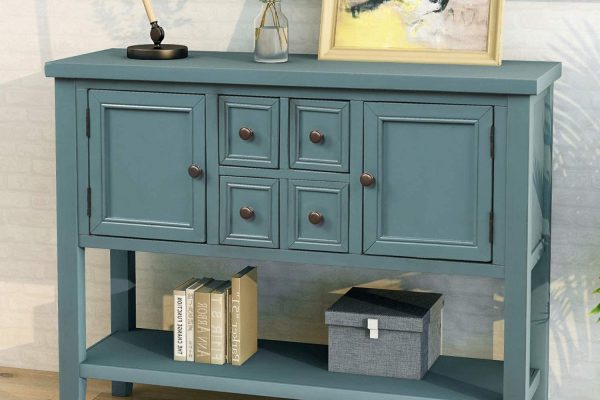
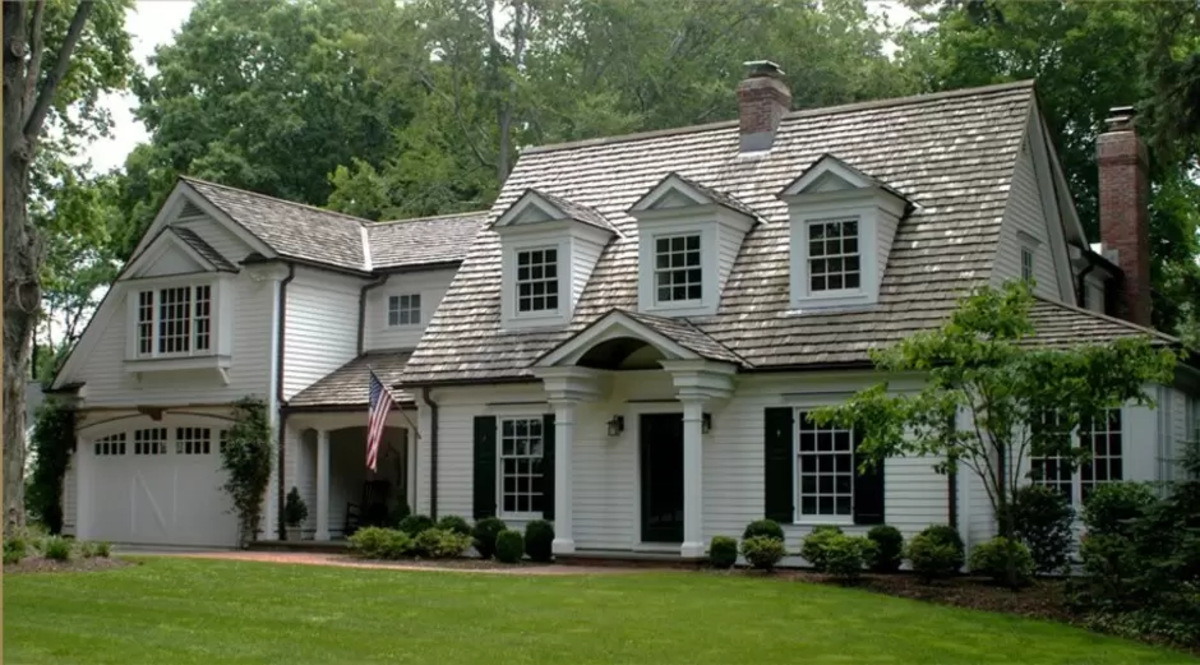
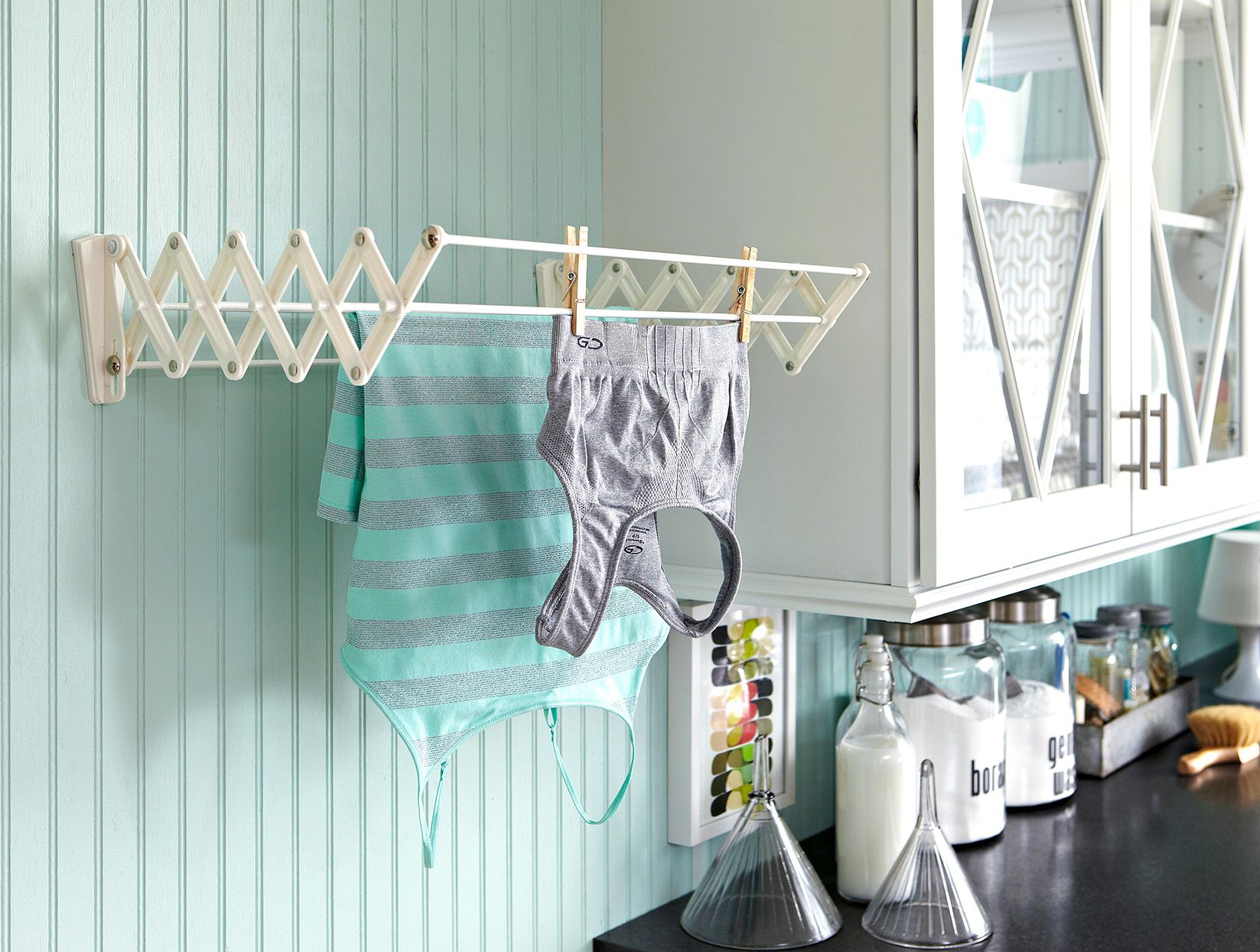
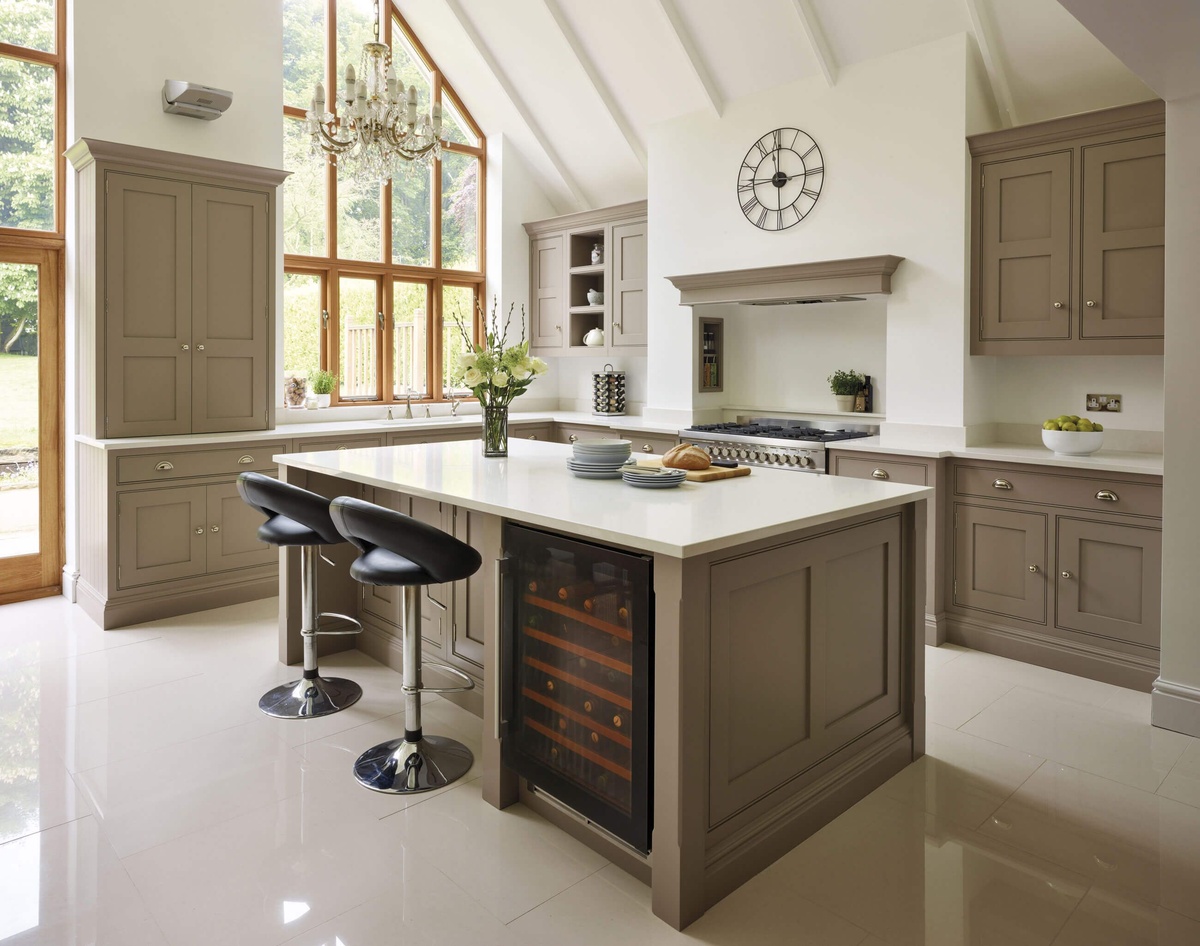
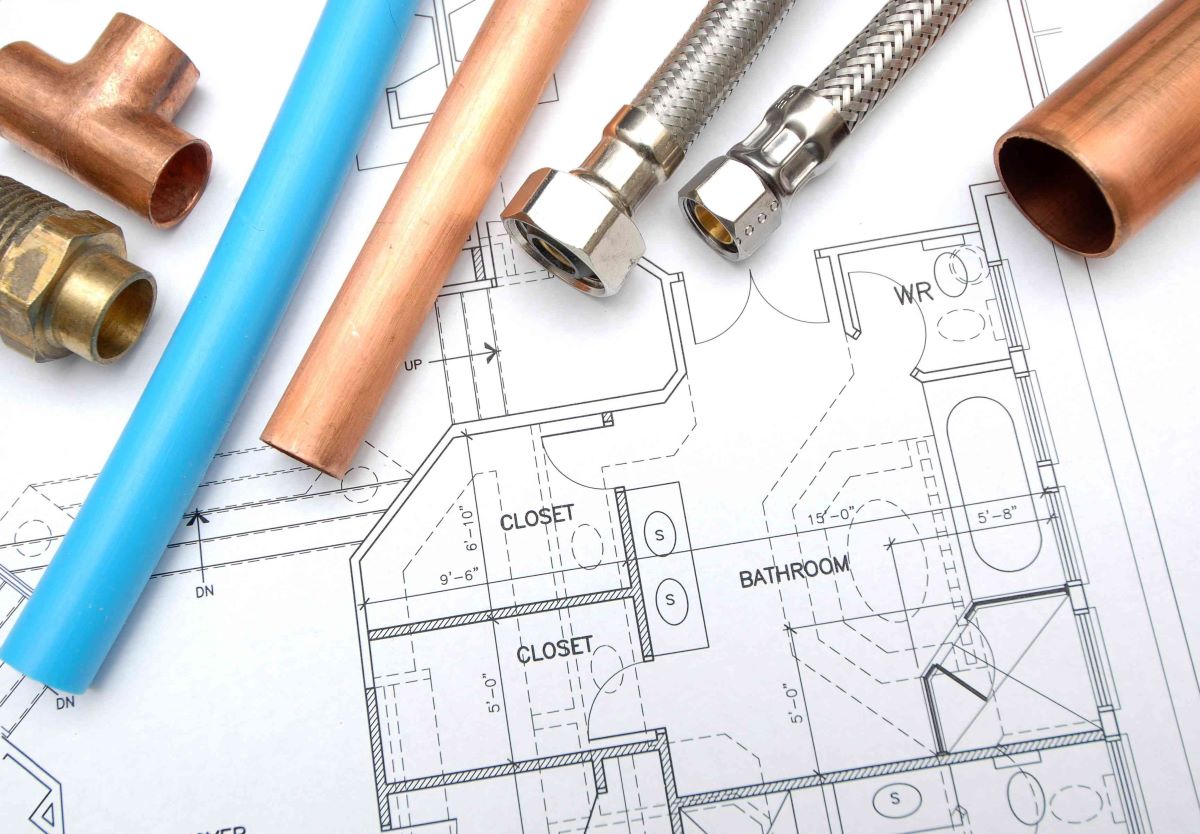

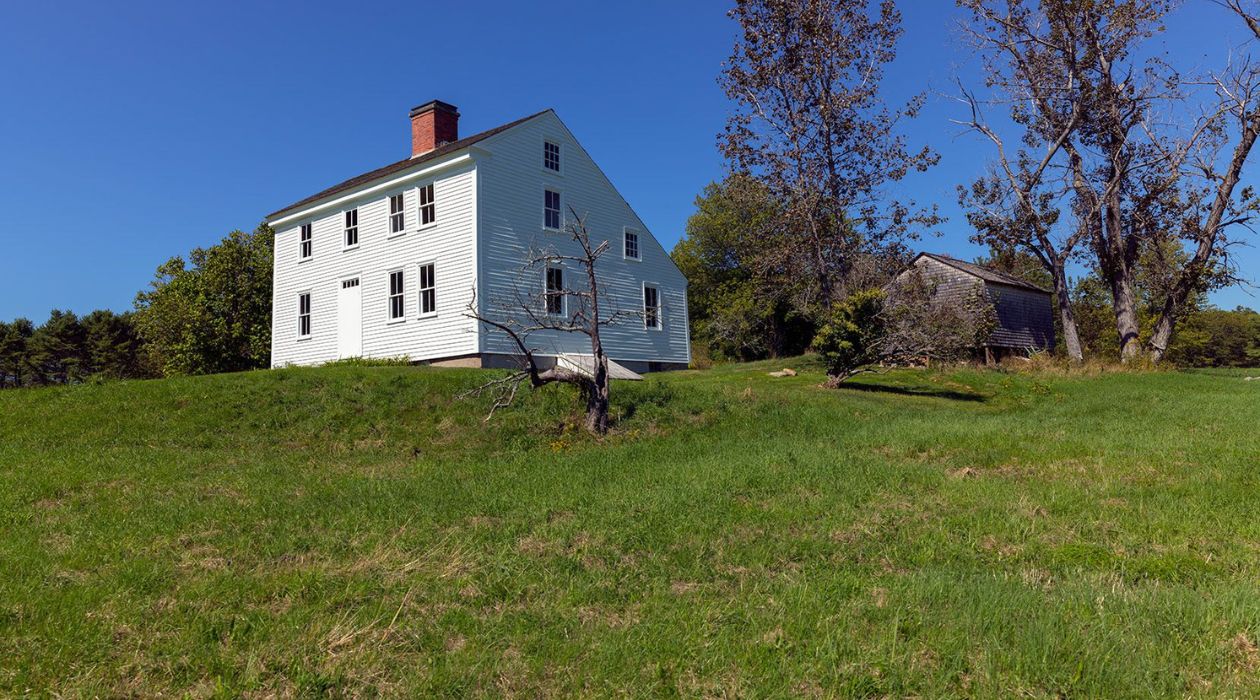
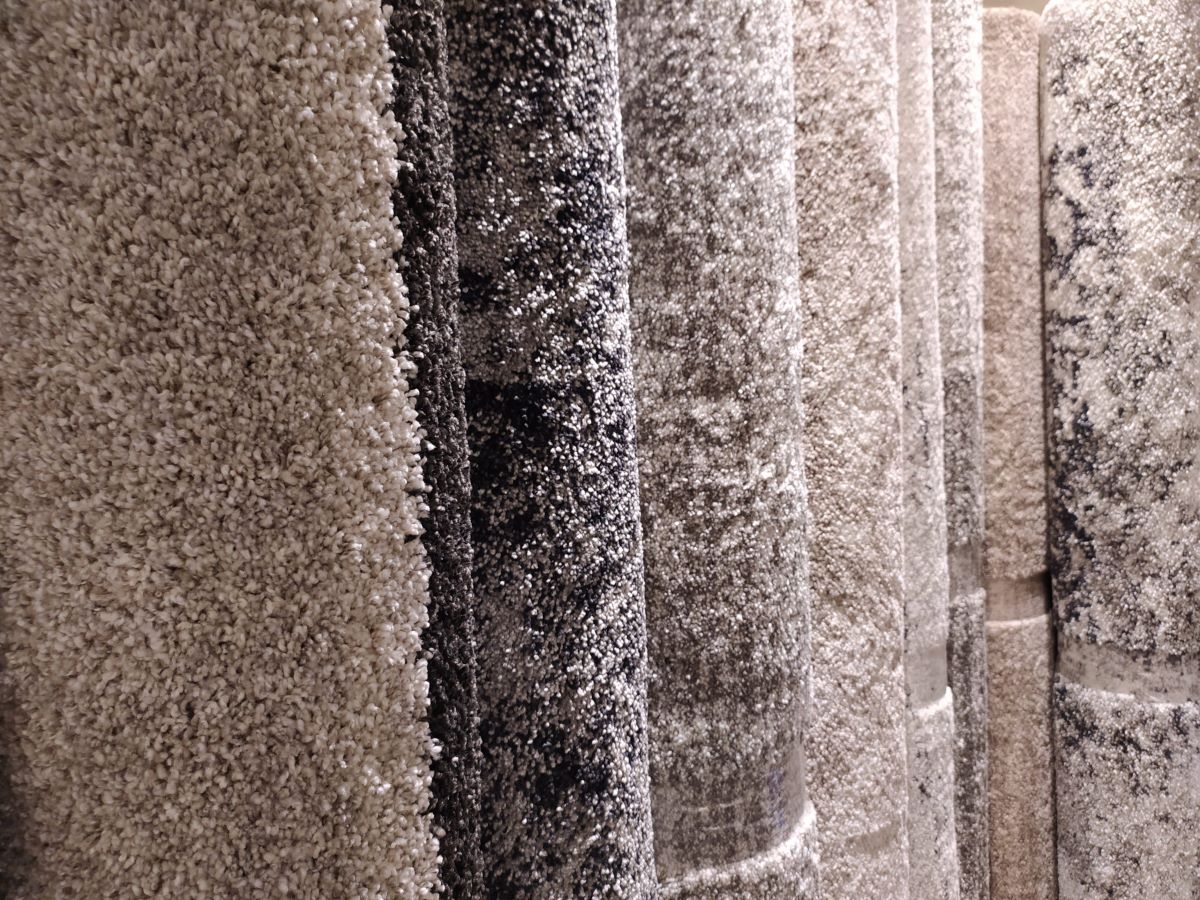
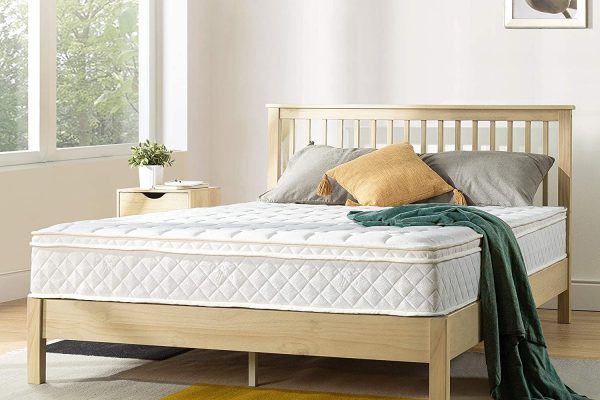

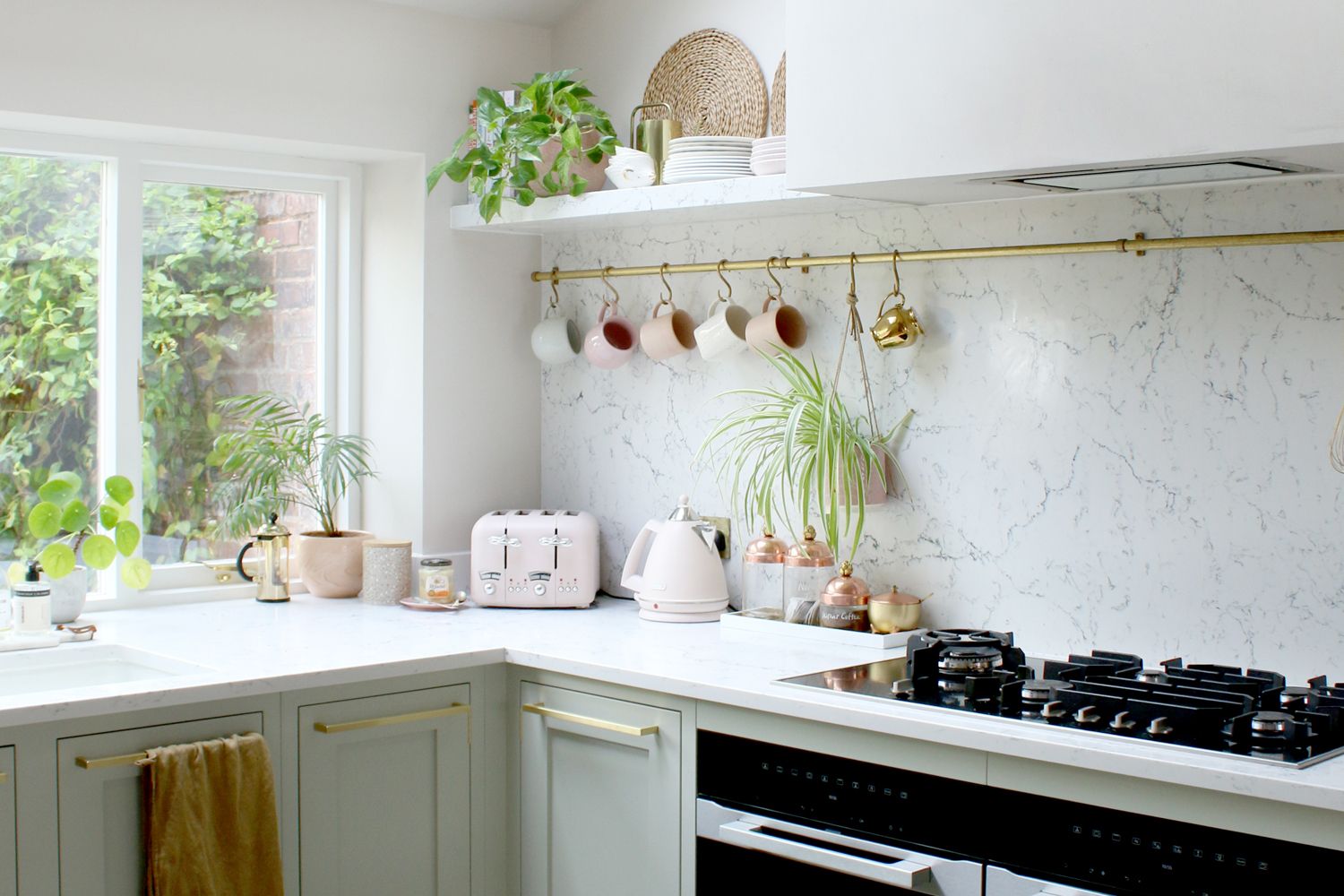

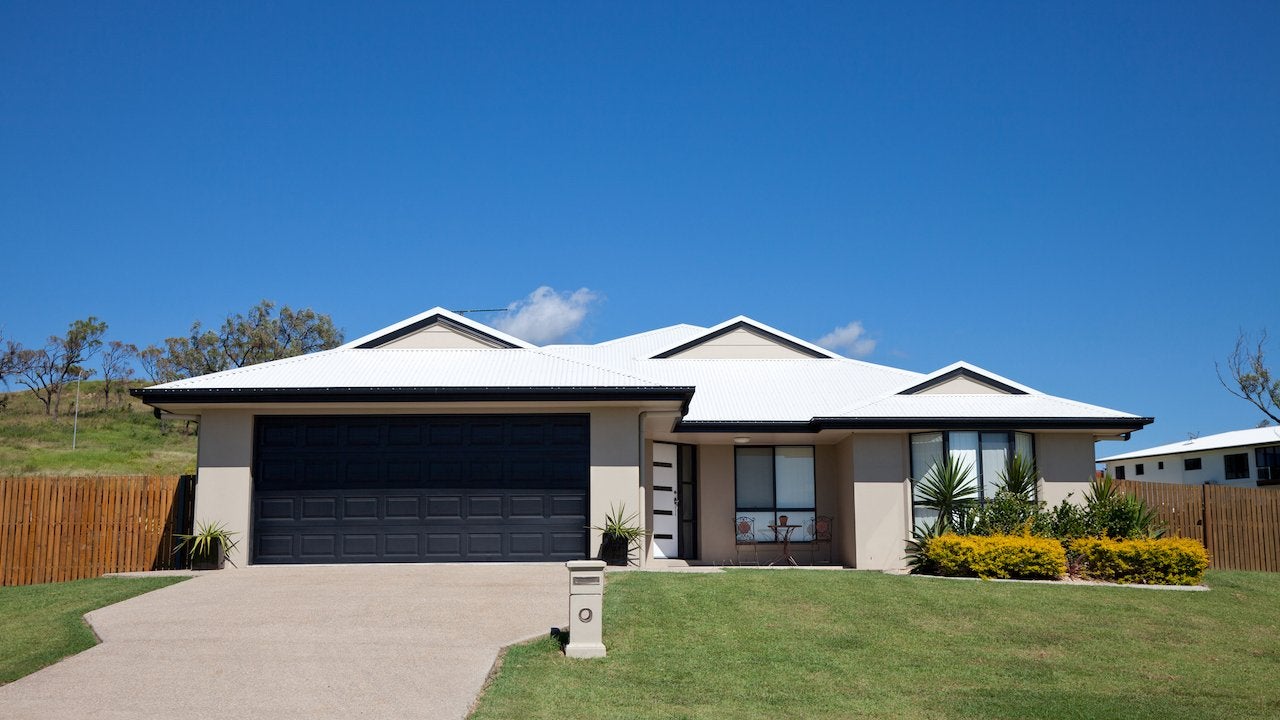

0 thoughts on “Kitchen Styles: The Ultimate Guide, From Shaker To Slab”